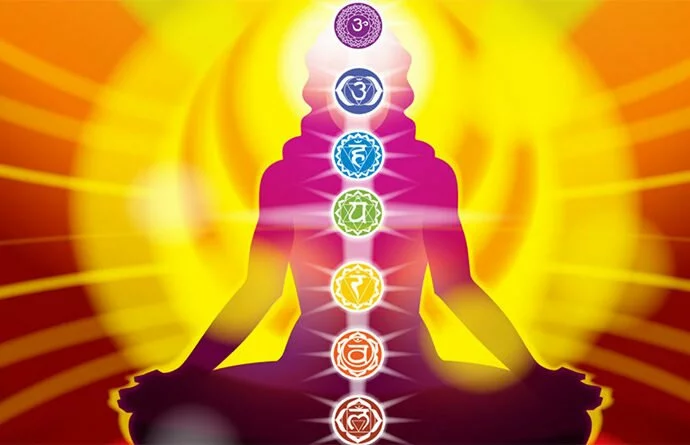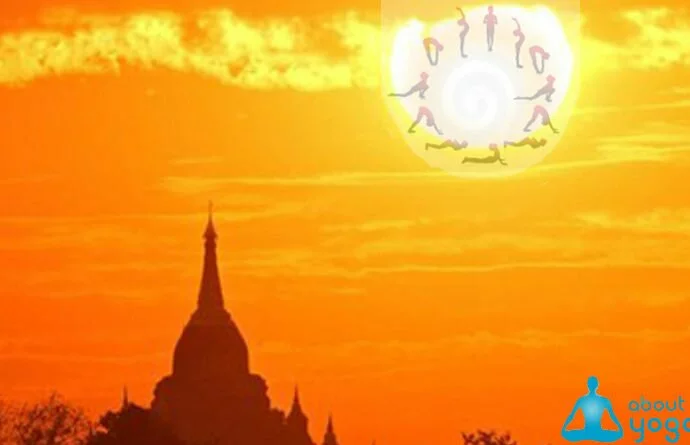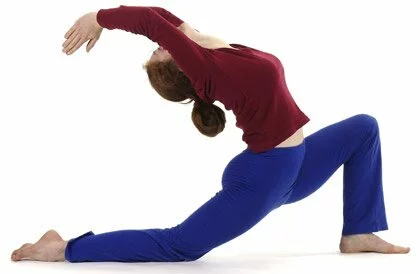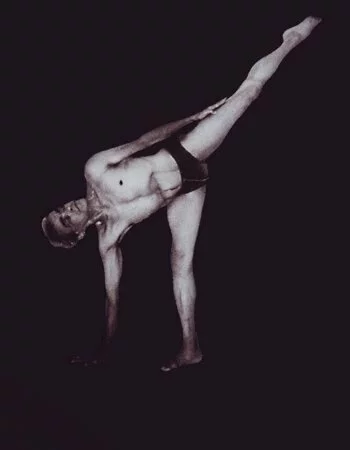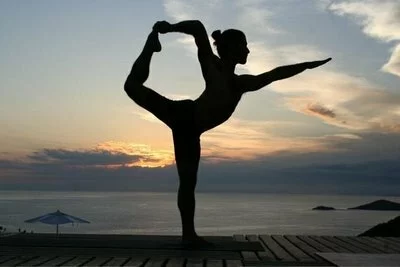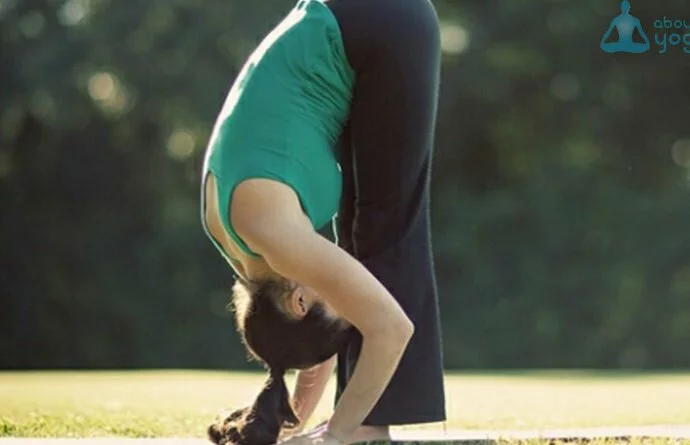Mudras
As per Eastern philosophies and culture and Yogic practices, ‘Mudras’ are systematic hand gestures. Literally, Mudra in Sanskrit means a posture/seal. More deeply, “closed electrical circuits” of the subtle channels in physical and etheric bodies are also known as ‘Mudras’. Some Western writers have defined ‘Mudra’ as mystic hand gesturesContinue Reading


